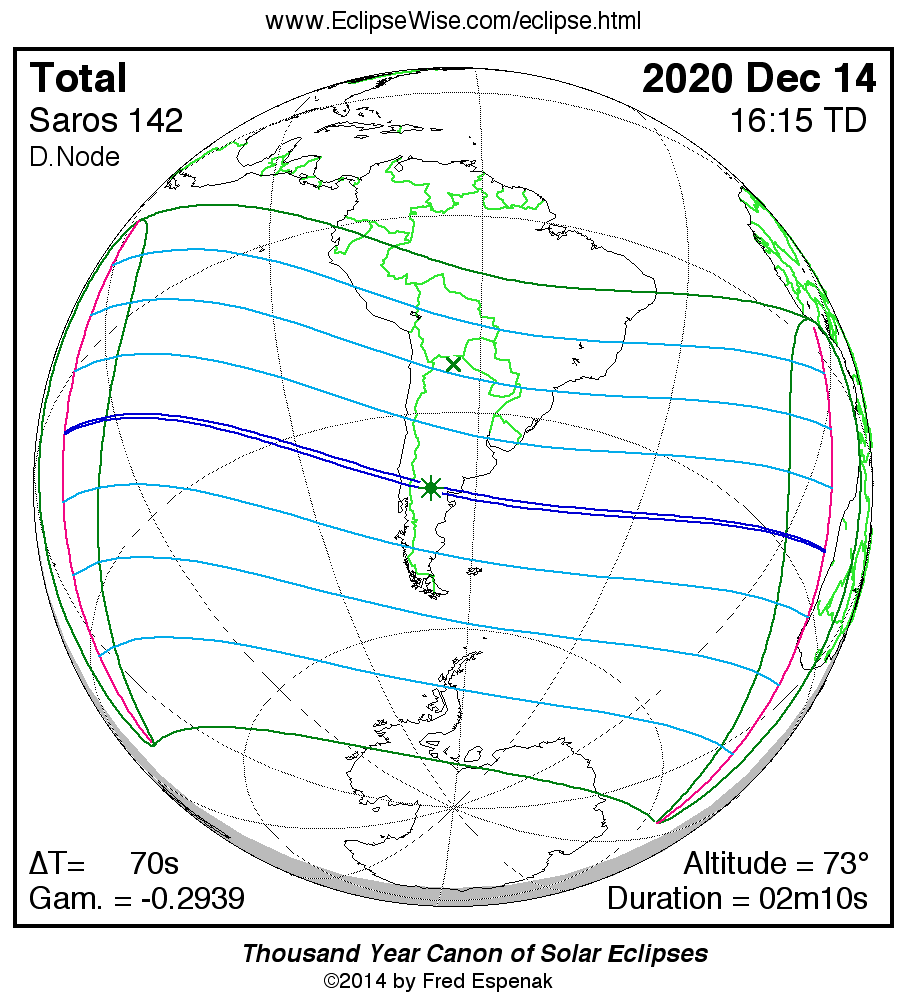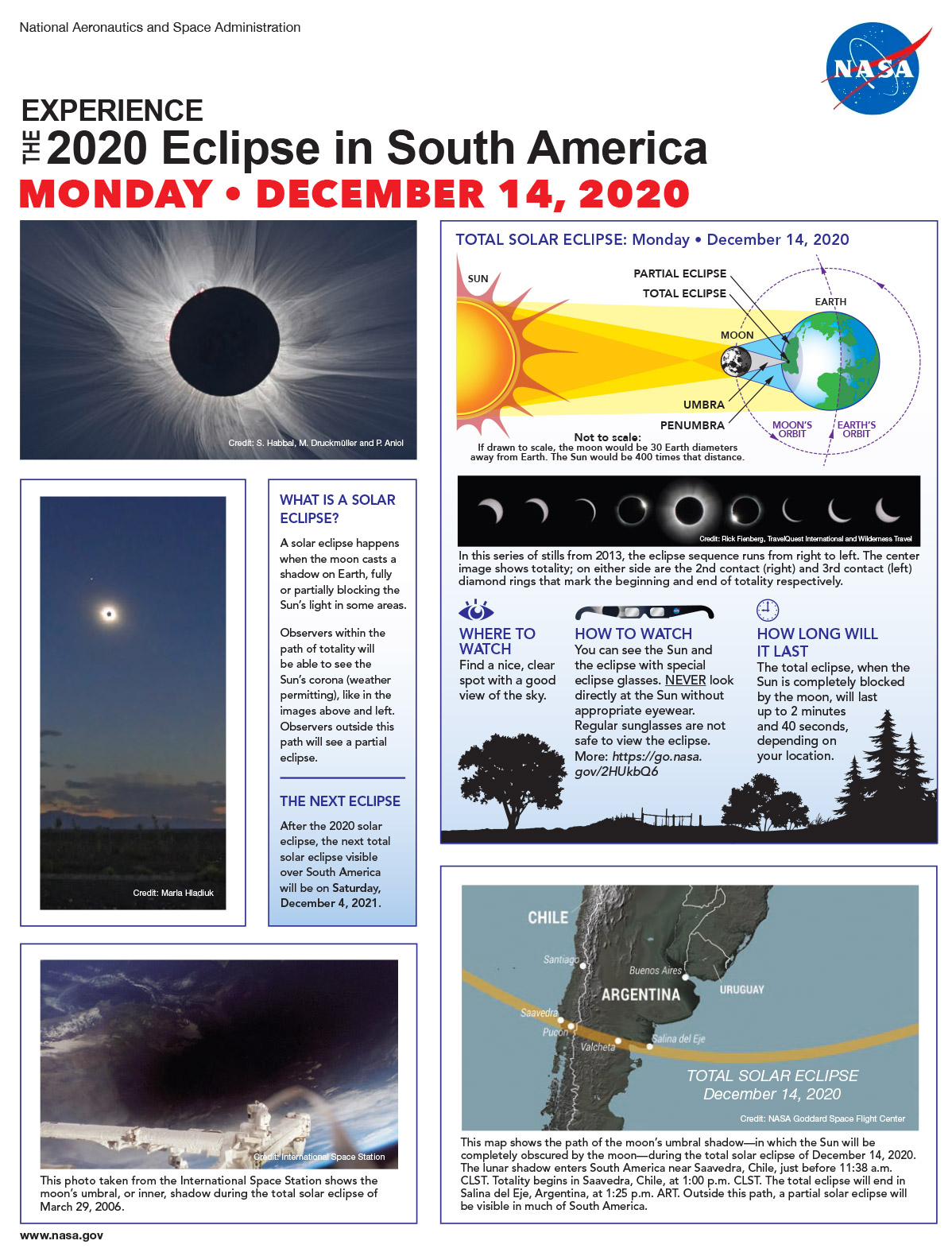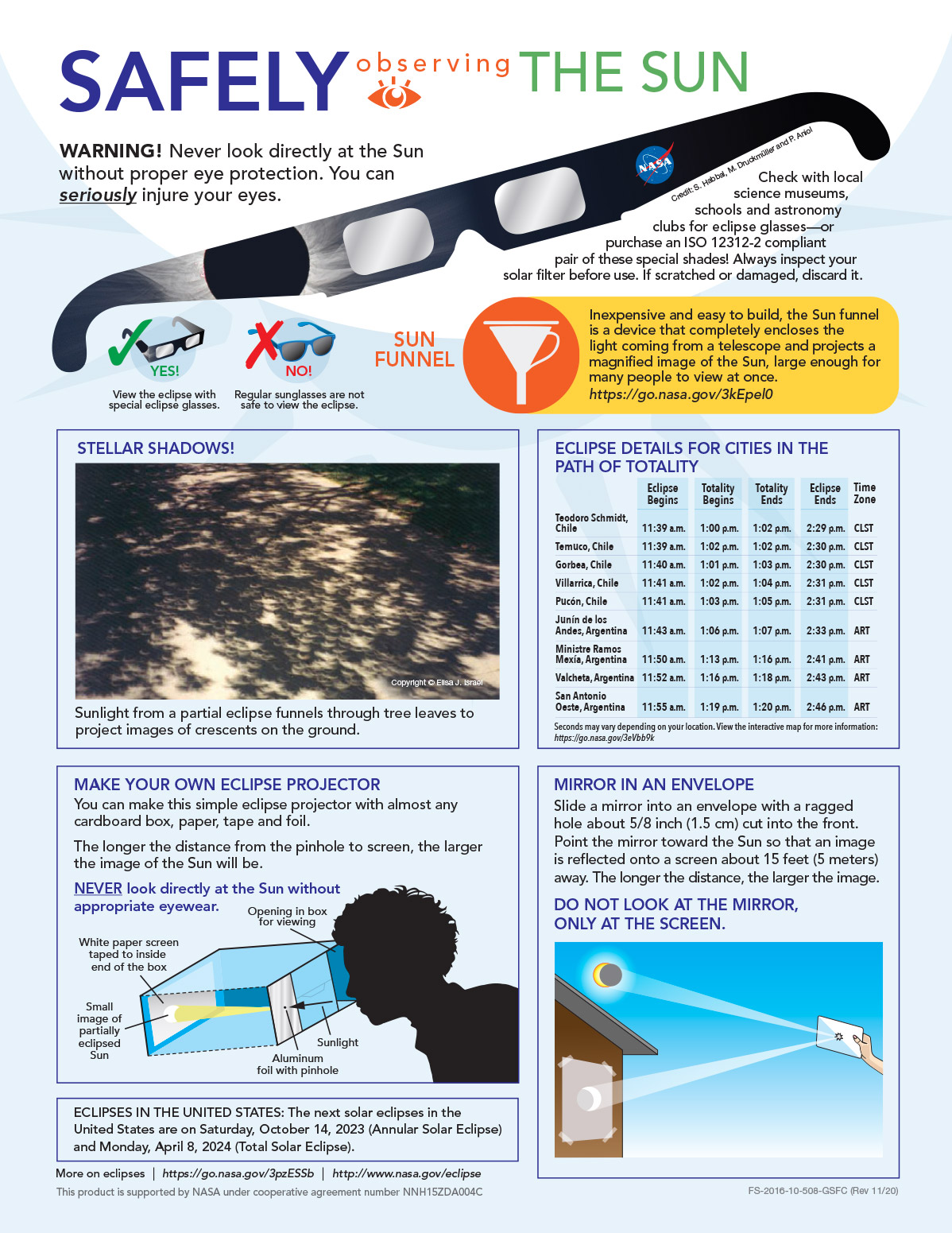Eclipse in Chile & Argentina
Total Solar Eclipse – December 14, 2020
Watch the replays!
In English, en español or no commentary.
Photo by Karen Kayser
On Monday, December 14, 2020, the Moon will pass in front of the Sun, casting its shadow across South America and the southern Pacific Ocean.
Solar eclipses happen with the Moon moves between the Sun and the Earth. The Moon blocks the Sun’s light from reaching the Earth.
The solar eclipse on December 14, 2020 is a total solar eclipse. Totality is visible in the South Pacific, South Atlantic, and over land in Chile and Argentina.
Total solar eclipses are the most exciting type of eclipse. Sadly, due to the pandemic, travel to these areas are limited, but stay tuned to watch online.
Anyone within the path of totality can see one of nature’s most awe-inspiring sights – a total solar eclipse. This path, where the Moon will completely cover the Sun and the Sun’s tenuous atmosphere – the corona – can be seen, will stretch from Saavedra, Chile to Salina del Eje, Argentina.
Observers in Southern Chile and Argentina outside this path will still see a partial solar eclipse where the Moon covers part of the Sun’s disk. The path of totality has an average width of 56 miles (90 km) and anyone at the centerline of the totality path will have about 2 minutes, 10 seconds of totality not accounting for the weather.
NOTE: As of Saturday, December 12, many areas in the path of totality have clouds in the forecast. 🙁
An eclipse in Argentina & Chile may sound familiar…that’s because there was another one in 2019, but in a different region. Check out the coverage, with some amazing videos & photos!
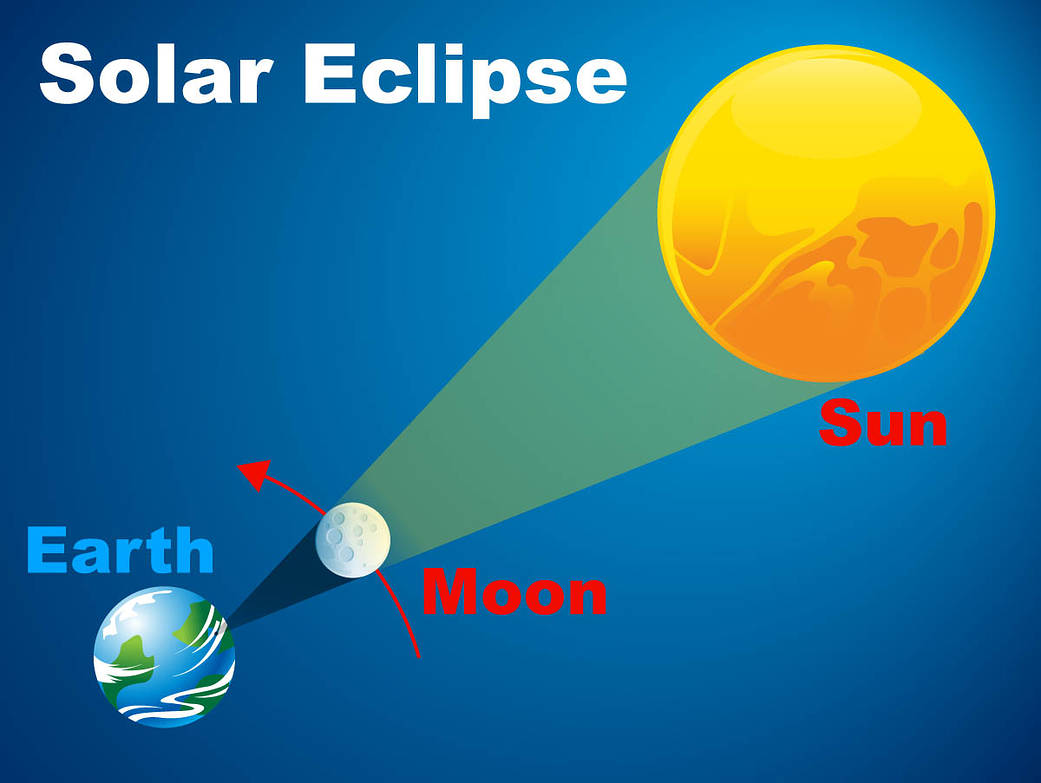
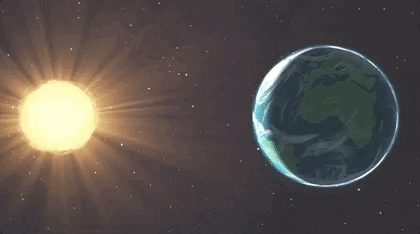
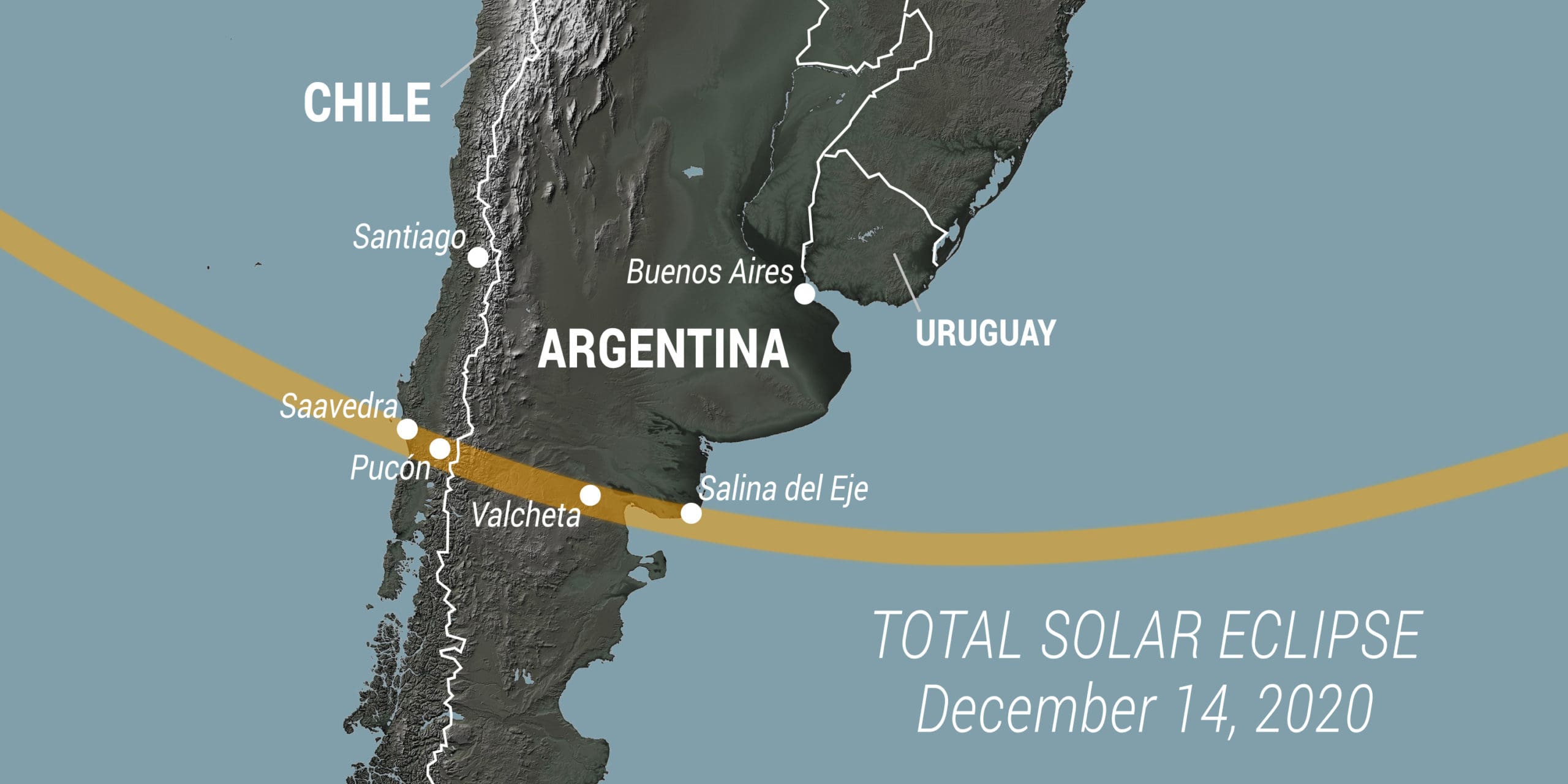
Find great animations & interactive maps of the eclipse at various locations here:
The areas where the eclipse is visible can be seen in this graphic from EclipseWise.com (see below). The blue lines over South America show the path of total with the lunar shadow moving from west to east. The green asterisk over Argentina is the point if greatest eclipse at 16:13 UTC or 11:13 a.m. EST. The partial eclipse will be visible in the Pacific and Atlantic Oceans, Antarctica, some of South America, and part of Southern Africa.
| Event | UTC Time | EST Time |
|---|---|---|
| First location to see the partial eclipse begin | Dec 14 at 13:33:55 | Dec 14 at 8:33:55 am |
| First location to see the full eclipse begin | Dec 14 at 14:32:34 | Dec 14 at 9:32:34 am |
| Maximum Eclipse | Dec 14 at 16:13:28 | Dec 14 at 11:13:28 am |
| Last location to see the full eclipse end | Dec 14 at 17:54:18 | Dec 14 at 12:54:18 pm |
| Last location to see the partial eclipse end | Dec 14 at 18:53:03 | Dec 14 at 1:53:03 pm |
The eclipse broadcast will reach totality at 1:02 p.m. CLST (Chile Summer Time), 16:02 UT, 11:02 a.m. ET, 8:02 a.m. PT.
WATCH ONLINE
Eclipse Reaching Totality – from Euronews
Eclipse Reaching Totality – Telescope – from Reuters
timeanddate.com
NASA Broadcast (en español)
NASA will provide live coverage Monday, Dec. 14, of a solar eclipse that will pass over South America, treating parts of Chile and Argentina to views of a total eclipse of the Sun. A Spanish-language program will air on NASA Television and the public channel on the agency’s NASA. A separate live stream of the eclipse without narration will air on the media channel.
The all-Spanish show will provide real-time views of the eclipse and discussions on how scientists use eclipses to study the Sun.
The hourlong Spanish show, “El eclipse solar total de América del Sur de 2020″, will air at 10:30 a.m. EST. Two NASA scientists, Yari Collado-Vega and Bea Gallardo-Lacourt, will provide commentary during views of the eclipse, with the total eclipse reaching totality during the show at 1:02 p.m. (Chile Summer Time), 16:02 UT, 11:02 a.m. ET, 8:02 a.m. PT.
The livestream, courtesy of the Pontificia Universidad Católica de Chile and captured through telescopes at the Observatorio Docente UC, Santa Martina, will play on the media channel from 9:40 a.m. to 12:31 p.m.
The Spanish show will also stream on NASA’s Spanish social media accounts. Submit eclipse questions using #preguntaNASA.
- Twitter: @NASA_es
- Facebook: Facebook.com/nasaes
- YouTube: YouTube.com/nasa_es
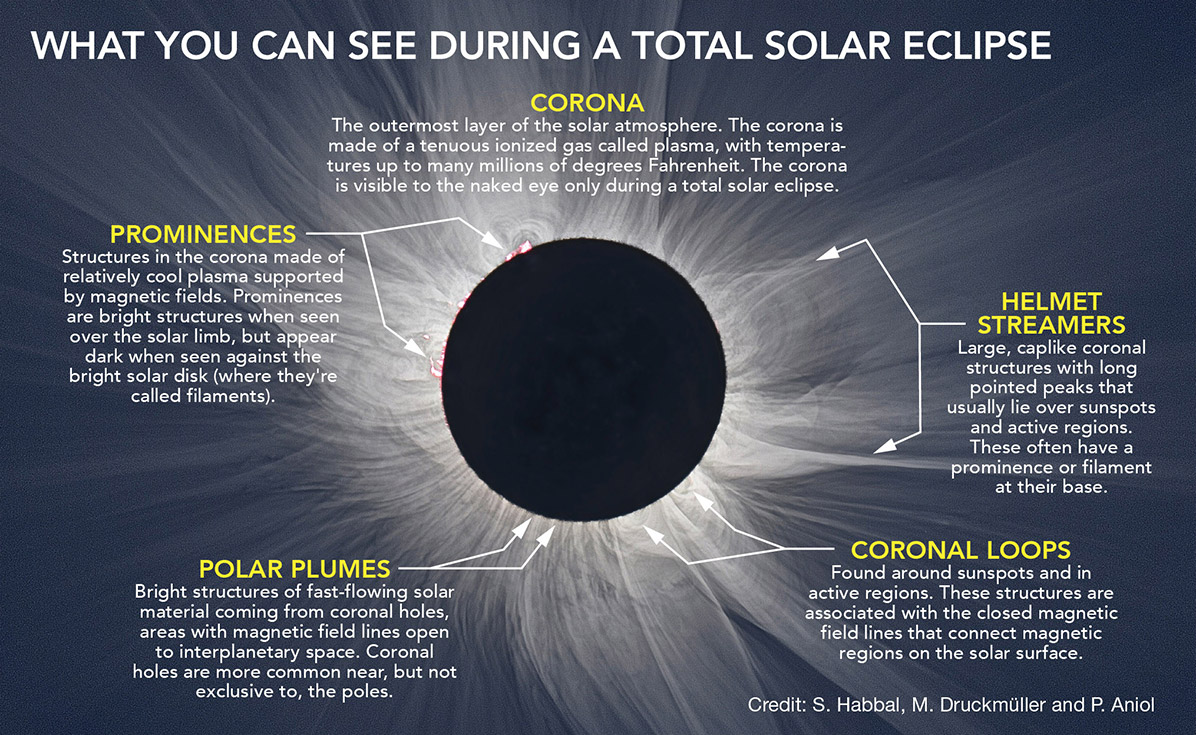
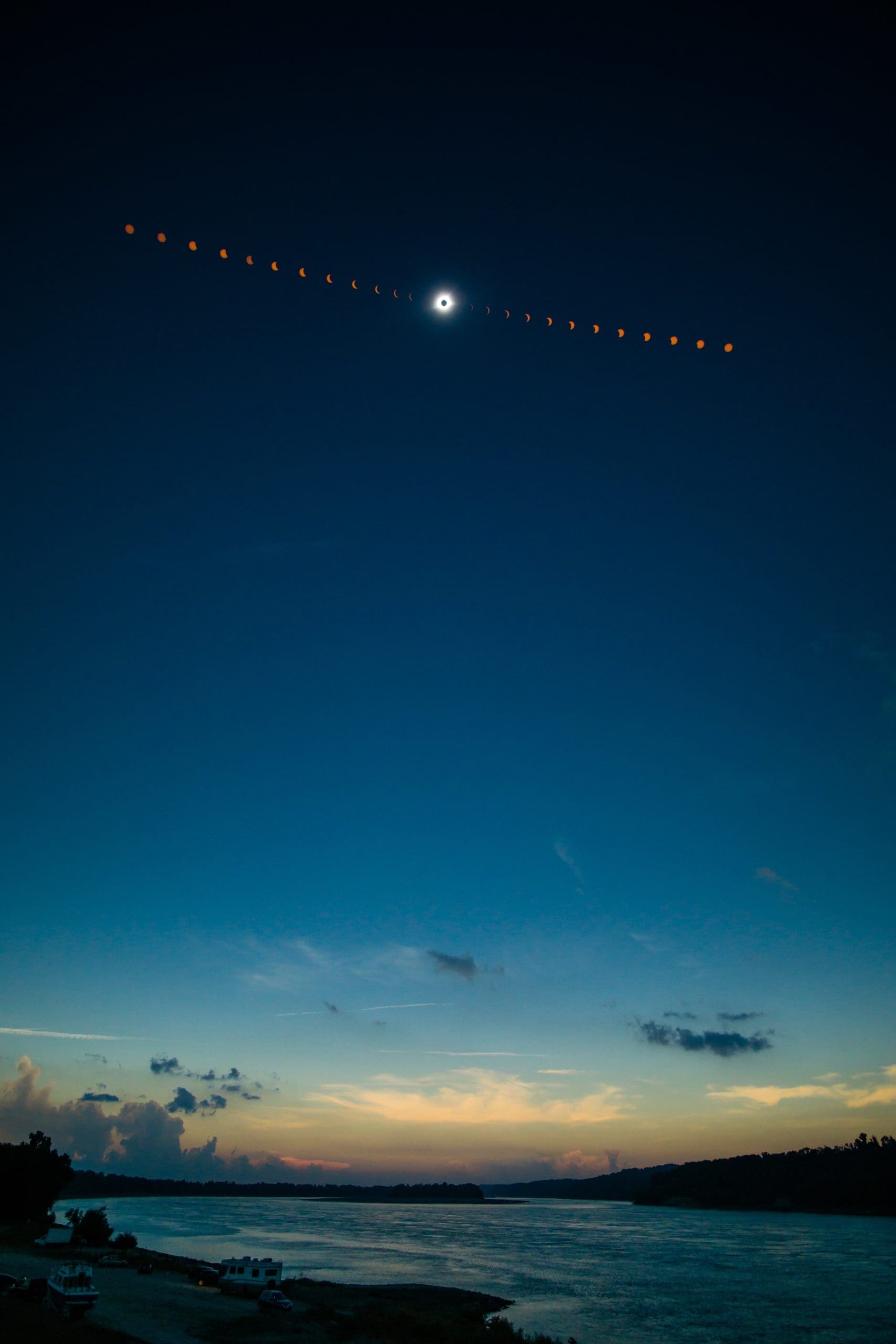
One of the things that is hard to show in photos or videos of eclipses is what it looks like with the context of the landscape. The sun is rather small, compared to the full sky. Most photos & videos show close-ups. During totality, often a “sunset effect” appears 360-degrees around. It also looks like a dark black hole is just punched out of the sky. The partial eclipse (before and after totality) must be viewed with special solar glasses. This gorgeous composite image gives a sense of scale and the phases of the eclipse as the sun moves across the sky. CREDIT: Photo by Adam Dutton on Unsplash. PHOTOGRAPHER’S STATEMENT:
“They say your photography should capture more than what you saw, but how you felt in that moment. Embarking on a thousand-mile road trip to Grand Tower, Illinois, a small town on the banks of the great Mississippi River. Nervous and excited to make the most of the event, I set up my tripod and put on the solar filter just before first contact. The moon covering more and more of the sun while I fired away on the shutter release. The air became cooler, the sky grew darker, and then… majesty.
Over two minutes of wonder; a 360-degree sunset and the most awe-inspiring sight ever to behold.”
Exploratorium – Overview of Total Solar Eclipses
Make plans to see a total solar eclipse live!
There is a HUGE difference between 99% and 100% totality, so “close” means you’ll miss the real show. Watch online to get a sense of what you’ll see.
Actually experiencing it live is an amazing bucket list experience.
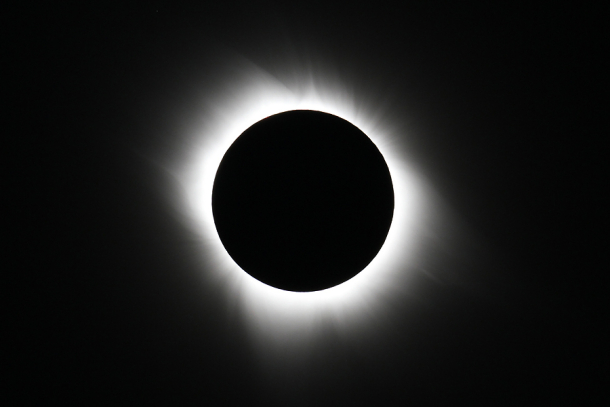
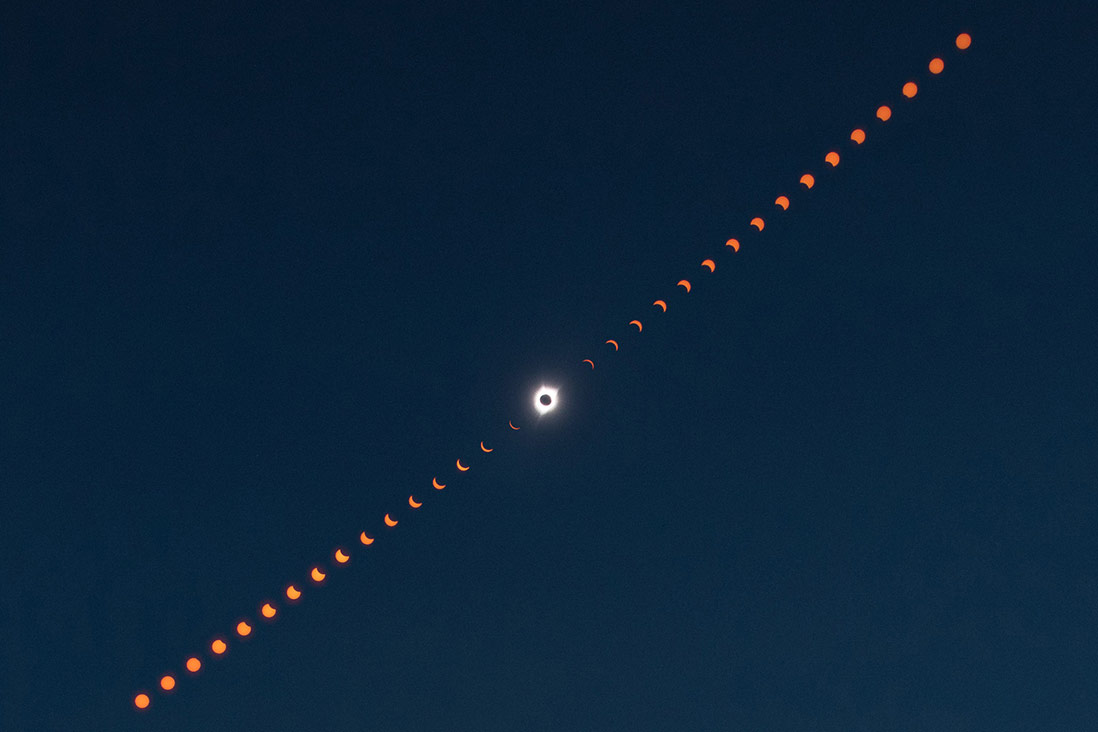
Most eclipses, including this one, happen mostly over water because the earth is 70% ocean.
If it occurs over land, it’s often hard to get to those locations like the Andes Mountains in South America. This time there are a few cities along the path, but the pandemic has canceled plans for travel (including for us…we were supposed to be in Argentina right now!) Even now, one of the few people we know who made it to Chile is having travel issues…with forecasts of clouds.
The next total solar eclipse will occur on Dec. 4, 2021 but will only be visible to a very small portion of Antarctica, or cruises to the water nearby.
But you’re in luck, because the 2024 eclipse will be visible in parts of the US, Mexico & Canada! Start making plans now to see the next one on April 8, 2024. After that, you’ll have to travel, because you won’t see another one in the US until 2045!!
Get to the path of totality, and hope for no clouds!
Alex was in Charleston, SC for the 2017 eclipse and had cloudy skies. Linda (The Sun Today co-founder) was in Carbondale, IL with one single cloud blocking the view except for the last few seconds.
Fun fact – on average, it’s about 300 years between times for a location to have a total solar eclipse pass in totality. Carbondale, IL, where I saw the last eclipse, will also see the next one in 2024! It is “the crossroads of the eclipse”. However – my experience had ONE CLOUD that blocked most of the view, except for a few seconds at the end. Other people just a few hundred yards away did not see it at all. Everything really does have to line up perfectly, not just the sun, moon & earth!
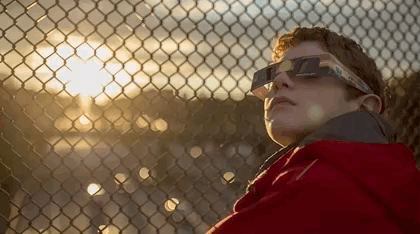
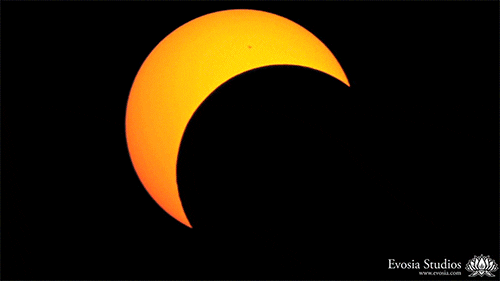
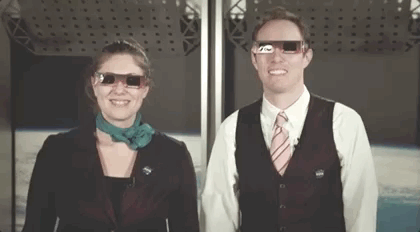
Learn More About the Eclipse in Chile & Argentina
- Solar eclipse guide 2020: When, where & how to see them – Space.com
- South American total solar eclipse December 14 – EarthSky.org
- Our Guide to This Month’s Total Solar Eclipse Over South America – Universe Today
- Stories from the Path of Totality – Exploratorium
- Total Solar Eclipse of 14 December 2020 – Eclipsophile
credits: NASA, Exploratorium, CosmoSapiens, EclipseWise.com, timeanddate.com, Adam Dutton, Header photo by Karen Kayser – THANK YOU!!


